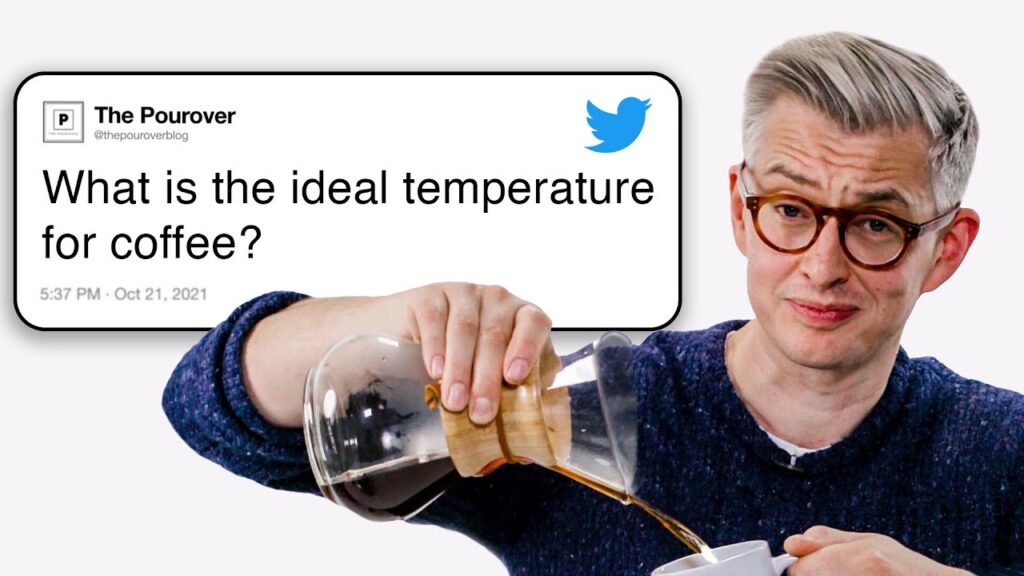Thanksgiving Cooking Tips from Bon Appétit Experts
Summary
In this article, we summarize the Thanksgiving cooking tips shared by Brad Leone and Chris Morocco from Bon Appétit. From dry brining turkey to using Yukon potatoes for mashed potatoes, high-temperature roasting Brussels sprouts, and using chickpeas and stainless steel ball bearings as pie weights, they offer a range of helpful tips for making your Thanksgiving meal a success.
Table of Contents:
- Dry Brining for Turkey
- Mashed Potatoes with Yukon Potatoes
- High-Temperature Roasting for Brussels Sprouts
- Tips for Pie Crusts and Pie Weights
- Using Celery in Stuffing
- Safety Tips for Deep-Frying Turkey
- Using Tequila for Cranberry Sauce
- Keeping Turkey Moist While Roasting
- Spatchcocking Turkey
- Tryptophan Myth and Smoking Turkey
Dry Brining for Turkey
According to Brad Leone and Chris Morocco, dry brining is the way to go for a perfect Thanksgiving turkey. It involves rubbing salt on the turkey and letting it sit in the refrigerator for 1-3 days, depending on the size of the bird. This technique results in a deeper brown, more flavorful, and crispier skin.
Mashed Potatoes with Yukon Potatoes
For creamy and delicious mashed potatoes, the experts recommend using Yukon potatoes. They have a buttery texture and a thin skin that does not need to be peeled. Additionally, they advise boiling the potatoes with garlic and thyme to infuse them with flavor.
High-Temperature Roasting for Brussels Sprouts
To make crispy and flavorful Brussels sprouts, Brad and Chris suggest roasting them at a high temperature with olive oil and salt. After roasting, they recommend tossing them in a mixture of melted butter, maple syrup, hot sauce, black pepper, microplaned garlic, and salt.
Tips for Pie Crusts and Pie Weights
When it comes to making pie crusts, the experts prefer using shortening over butter for a flakier texture. They also suggest using chickpeas and stainless steel ball bearings as pie weights to prevent the crust from shrinking.
Using Celery in Stuffing
Celery is a key ingredient in stuffing, according to Brad and Chris. It adds a subtle flavor and a crunchy texture to the dish.
Safety Tips for Deep-Frying Turkey
Deep-frying a turkey can be dangerous if not done properly. The experts recommend using a turkey fryer with a built-in thermostat to prevent the oil from overheating. They also advise against overfilling the fryer and suggest keeping a fire extinguisher nearby just in case.
Using Tequila for Cranberry Sauce
For a unique twist on cranberry sauce, Brad and Chris recommend using tequila instead of brandy. They suggest adding it to the sauce along with orange zest and a cinnamon stick.
Keeping Turkey Moist While Roasting
To keep the turkey moist while roasting, the experts suggest not overcooking it and using a meat thermometer to check the internal temperature. They also recommend tenting the turkey with foil for the first hour of cooking and not basting it, as this can dry out the meat.
Spatchcocking Turkey
Spatchcocking is a technique that involves removing the backbone of the turkey and flattening it before roasting. Brad and Chris explain how to do this and caution against using a serrated knife, as it can be dangerous.
Tryptophan Myth and Smoking Turkey
The idea that turkey makes people tired due to tryptophan is a myth, according to Brad and Chris. They also mention that the cooking time for smoking a turkey depends on the temperature inside the smoker and not the smoke itself.






